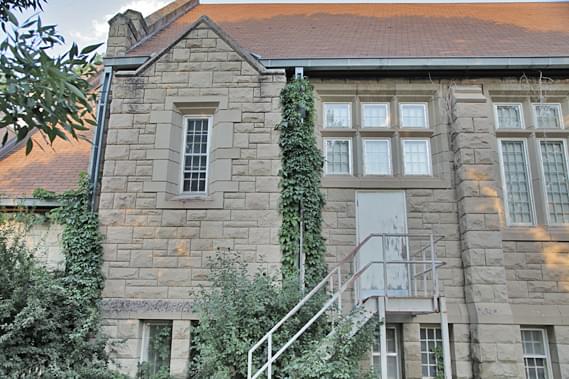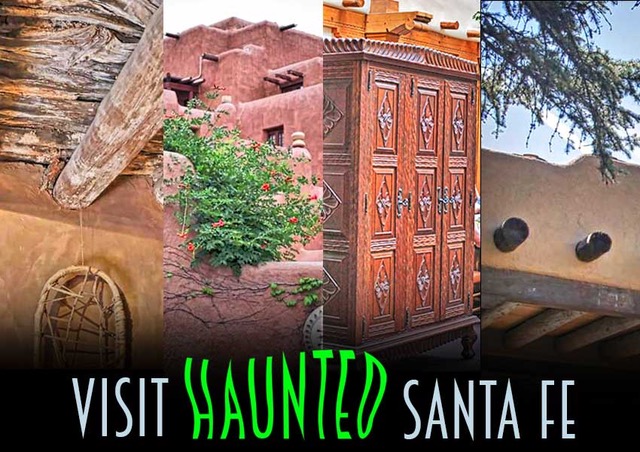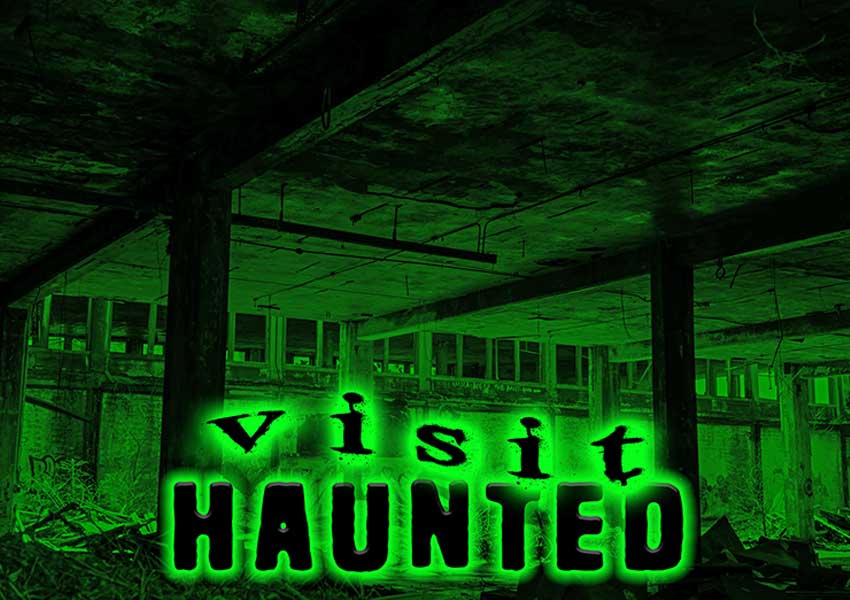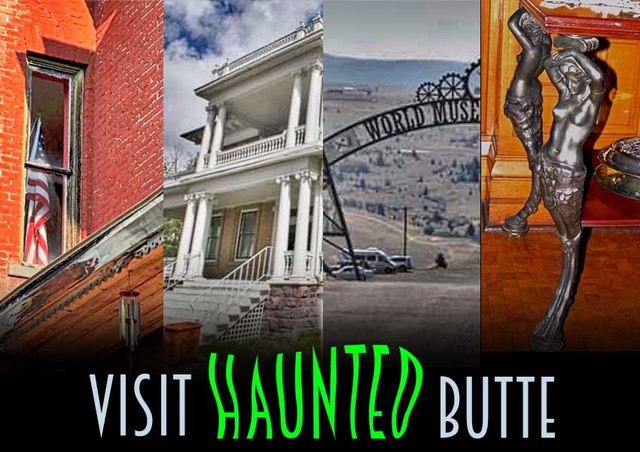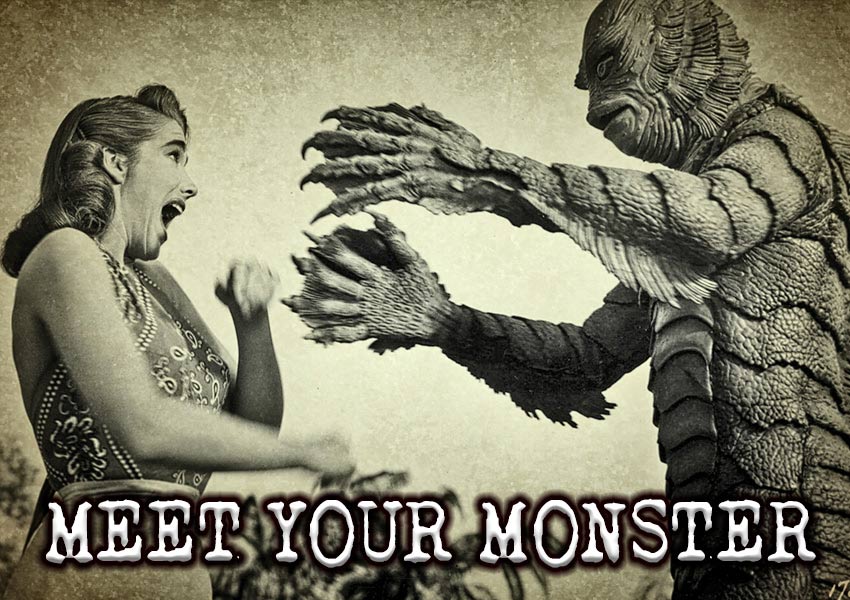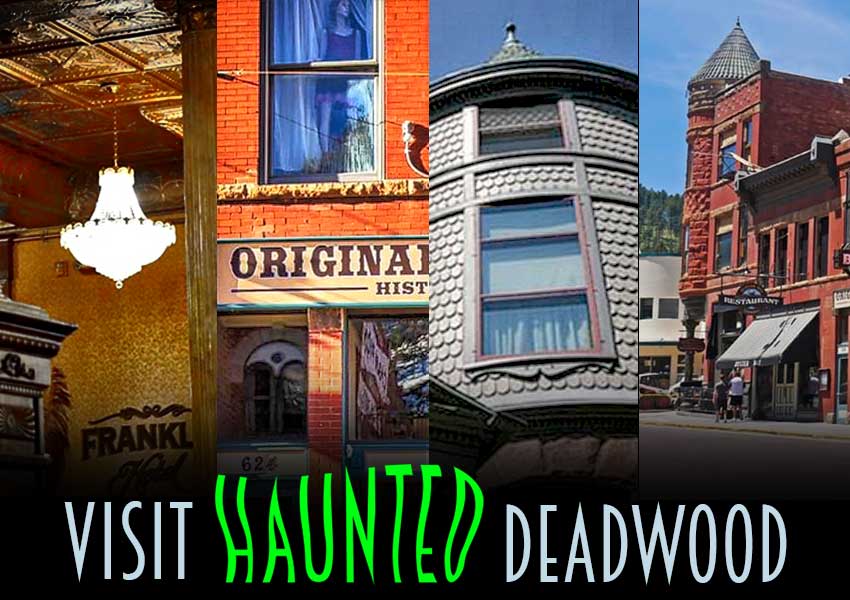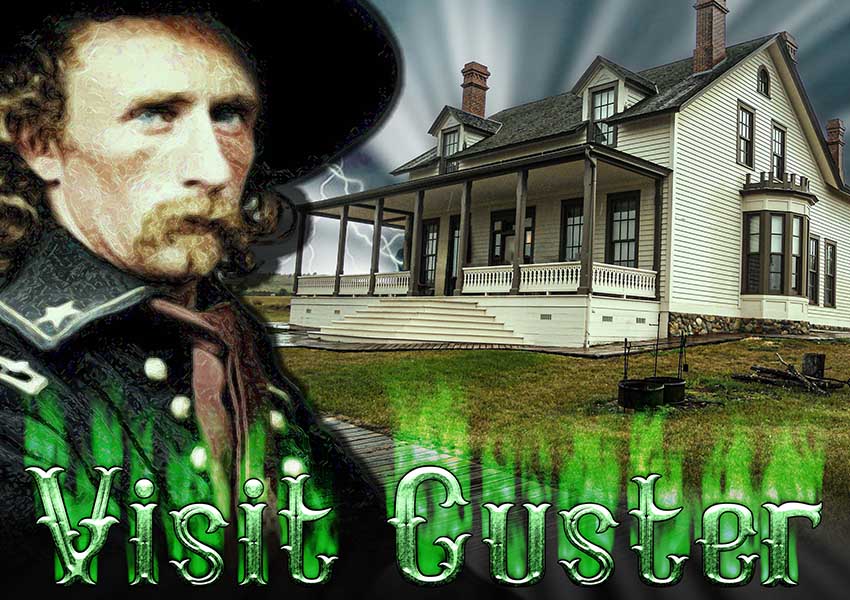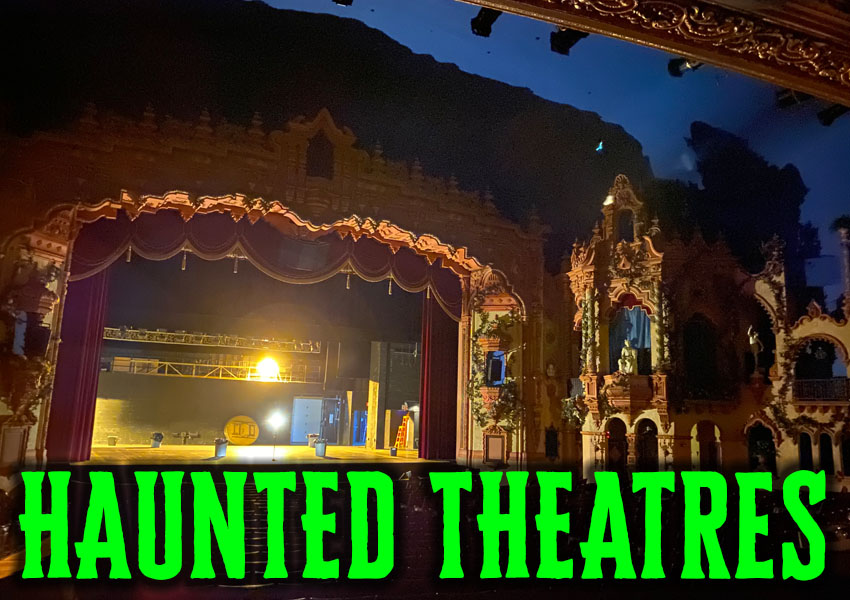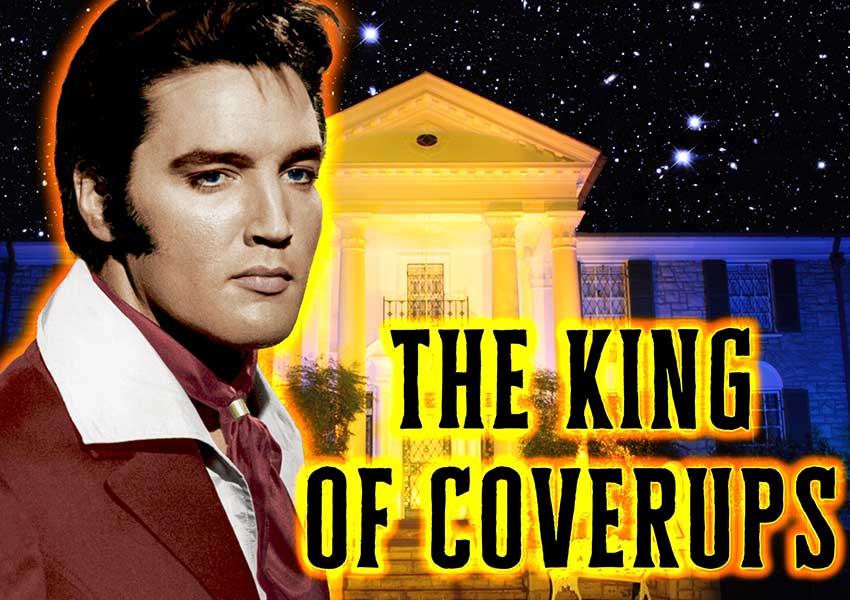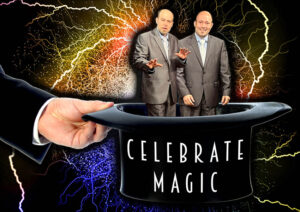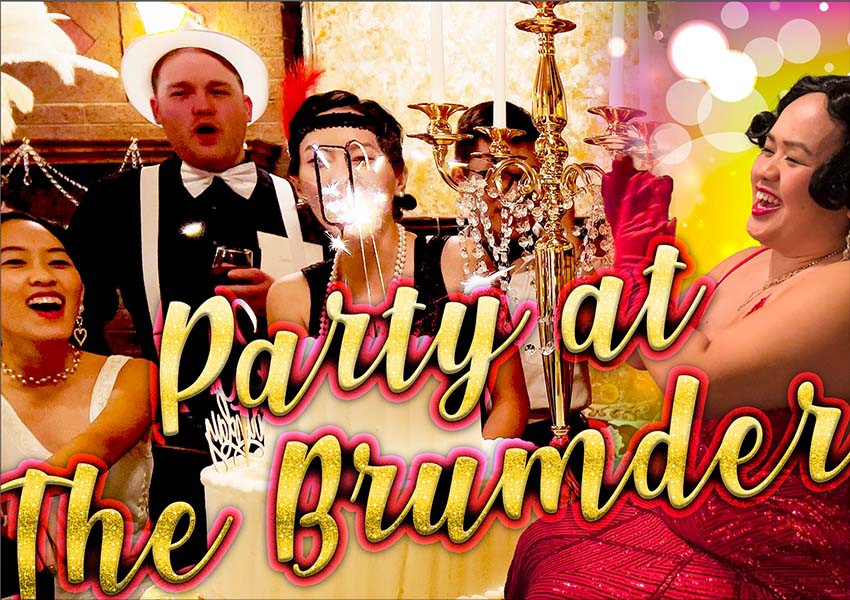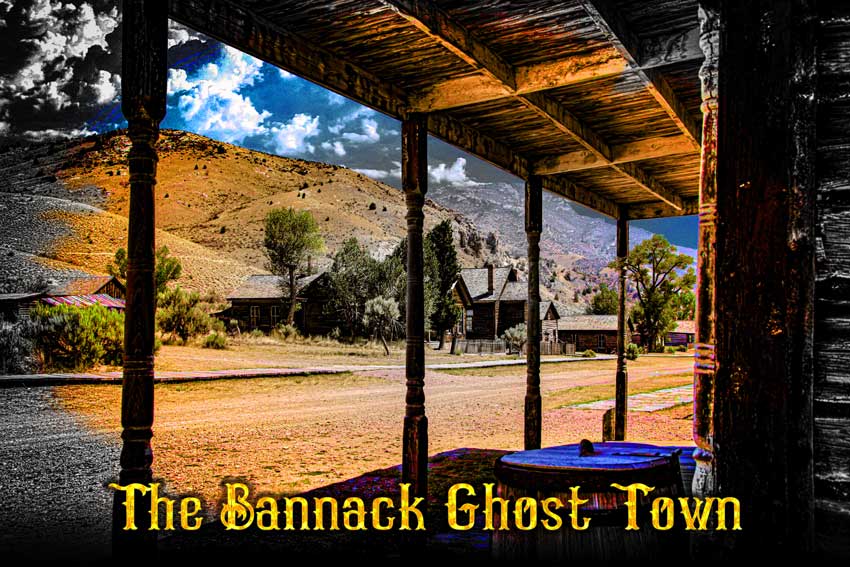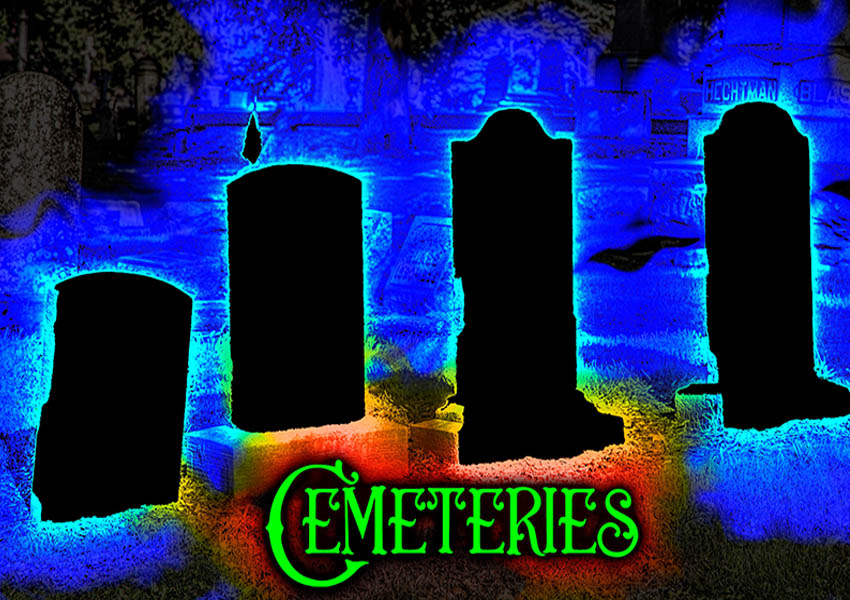Billings Montana
Rocky Mountain College
Apparently, someone is still working on their performance piece.
A mover and shaker is proud that his name is on the
college’s Conservatory of Music and Performing Arts.
DESCRIPTION / HISTORY
Rocky Mountain College is a private liberal arts college, supported by the United Methodist Church, The Presbyterian Church and The United Church of Christ.
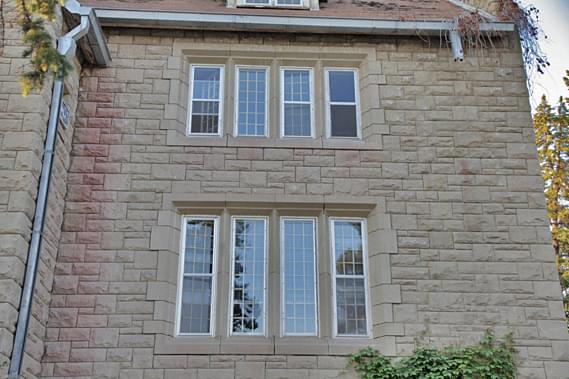
The history of Rocky Mountain College started in 1878, with the first college, MONTANA COLLEGIATE INSTITUTE in Deer Lodge, being established by a small group of Methodists; who enrolled the very first class in 1878. Four years later, the Presbyterian Church assumed control, changing the name to COLLEGE OF MONTANA. In 1904, educators Lewis and Earnest Eaton rented the now old abandoned COLLEGE OF MONTANA, renaming it, Montana College and School of Manual Arts.
A second college was formed in 1889 by Methodist Episcopal members in Helena, called WESLEYAN COLLEGE.
On the current site of Rocky Mountain College, a third college started around the turn of the century, called BILLINGS POLYTECHNIC INSTITUTE:(BPI), by the same two brothers, educators Lewis and Earnest Eaton, who were probably affiliated with the United Church of Christ.
In 1947, the three schools became one, BILLINGS POLYTECHNIC INSTITUTE. The students themselves petitioned to have their college renamed Rocky Mountain College, as the three colleges had melded into one, and having a new name would celebrate the unity of the colleges and their traditions. The students also took the lead to expand the college, by even getting involved with the construction of new buildings, in exchange for payment for their tuition.
The new buildings were designed in the modified Gothic style, made of the materials in the area; mainly sandstone rocks that were gotten from some quarries in the Rimrocks, but mostly from the College’s own quarries. The campus was built on the surrounding farmland.
Throughout its history, people like John Losecamp spear-headed with gusto the raising of funds to grow the college, with buildings needed to serve the new students. Some of these movers and shakers and some of the college’s big donors. A.W. Kenney, Amos Prescott, George Alden, the Bair family, the DeRosier family were some of whom were honored with buildings on campus named after them.

HISTORY OF BUILDINGS:
Eaton Hall opened in 1909, to be used as the Science Hall. Money was donated from local businessmen. Today it is the administration building, and holds various records, offices, etc.
Kenney Hall opened in 1913, and was a dormitory for fifty male students, as well home to a YMCA activities floor. It was named for A.W. Kenney who was the first donor. The building was torn down in 1973, but some of its stone blocks, and its cornerstone were used for the new building built on the site; The Bair Science Center. This didn’t go over well with preservationists, and the common policy of tearing down old buildings to make way for new ones was changed to one of renovation and preservation.
Kimball Hall; (Now Morledge-Kimball Hall) was the women’s dormitory, and opened its doors in February of 1914. It was built with the help of students, with stones taken from the college’s own quarry. It had rooms for sixty students.
In 1996, it had a date with the wrecking ball, but the Montana Historical Preservation teamed with concerned people at RMC and stopped it’s destruction. In 2009, Kimball Hall was restored and refurbished, with an addition that has new classrooms and faculty office space.
Losekamp Hall – This is a four story, gray sandstone modified Gothic style building that is home to the entire music department, practice rooms, faculty offices and the drama department. The entryway leads to the 190 seat theatre auditorium inside. It was built in memory of German American, Billings businessman John Losecamp, and opened in 1919; four years after John died.
Prescott Hall Commons – It opened in 1916, and is named for Amos Prescott, a contributor to BPI. Under the watchful eye of a stone mason who taught industrial arts, the building was built by student labor with sandstone.
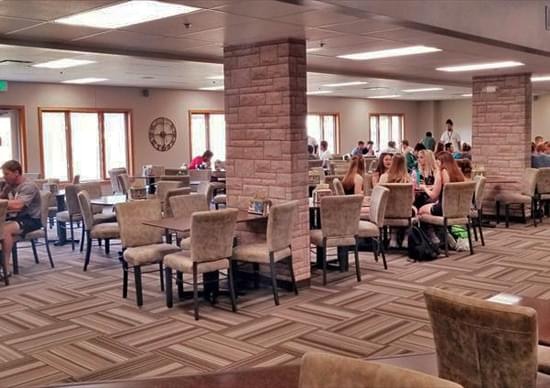
It served meals to students, and had a cannery and granary in its basement until 1961. It has been a protected building since 1982 when it was listed on the National Register of Historic Places.
Technology Hall – Completed in 1922, is known as Tech Hall. This building is still used today for the computer science program, and offices for the art department, faculty services and The Ryniker-Morrison Gallery.
Tyler Hall – This “collegiate Gothic style” building was opened in 1930. It was used as a residence hall for around sixty students, plus had an apartment for the housemother. In 1971, it became the new home for The Writing Center, their education program, and more faculty offices.
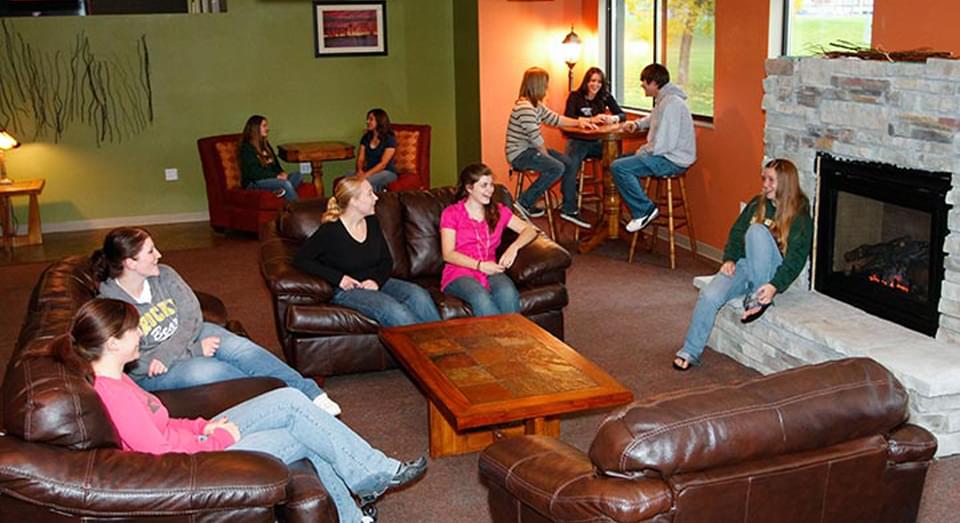
Alden Hall – Opened in 1937, and built by funds left in the trust of George Alden. It was used as a men’s dorm until 1973, when it became classrooms and faculty offices.
Newer buildings on campus include:
Paul M. Adams Library (1957), Bair Family Student Center;(1960,’85, and ’95),
Jorgenson Residence Hall (1964-upper class-men, and students with families),
Fortin Education Center (1969 gym, pool, auditorium and health services),
Anderson Hall (built in 1970, 82 student residence, and residence hall director),
Bair Science Center (opened 1981),
DeRosier Educational Resource Center (1998),
Rimview Residence Hall (2004 – blends modern with historical style of campus.)

HISTORY OF MANIFESTATIONS
Structures like a house, college, theatre or museum that were built and served a purpose dear to the heart of the person who led the effort, sometimes have a spirit or more who invested into the project his or her time and energy while still alive. They sometimes can’t let go of their life’s goal, for a variety of reasons. They received so much enjoyment and fulfillment with this earthly passion, that they feel compelled to visit and still be involved in some way.
Structures that were built in honor of people, sometimes are visited by the spirits of people who were so honored. The building itself acts like a huge trigger object that a spirit just can’t resist.
Haunted Place: Losekamp Hall –
John Losekamp falls under both of these scenarios. John Losekamp, whose picture hangs in Losekamp Hall, got some satisfaction while alive in being a driving force to raise money to provide buildings for young people to further their education. He also donated generously himself. Former RMC President and RMC historian, Lawrence Small said, “it is doubtful that the school would have survived its infancy without his determination to keep it open.”
This life-long passionate goal also eased his own disappointment of not getting an education himself; “He had a burning desire to give every young person the educational advantages he was deprived of by poverty and the Civil War,” Small further reported.
He must have been thrilled to have a conservatory for music and the arts built to honor him. Small shared John’s feelings that John expressed while still alive; “I do not know of any greater thing I can do for the Northwest than to establish a conservatory of music where the young women of the Northwest can secure the very best advantages of a musical education. A great conservatory of music established in Billings will contribute much to refinement and growth of the coming generations.”
Losekamp must have been thrilled, even in spirit form, that the college built a four story sandstone theater and music building in his honor, giving men as well as women the chance to grow and explore their talent. Plus, having the opportunity to watch young people learning and practicing must be heaven on earth; an experience he relishes, and can’t quite give up completely yet.
In theatres all over America, spirits of artists who loved to perform, or people involved behind the scenes while alive like to visit the theatre that meant so much to them. Perhaps their lives were cut short from a tragedy and they want to perform still, or they want to continue in their assignments at the theatre.
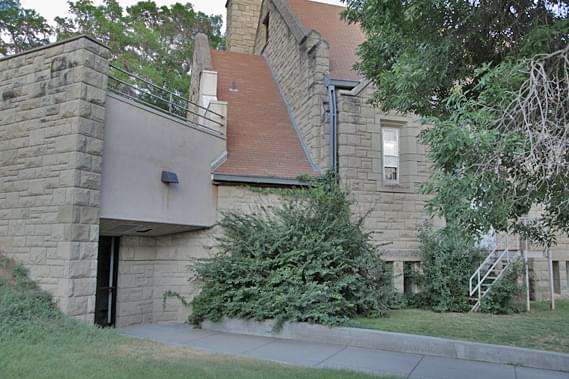
MANIFESTATIONS
Entity of John Losekamp
Mystic John Riffe walked through the building and he found a male fitting John’s description:”Not well educated but intelligent and interested in education.”
A male apparition is seen going up and down the creaky wooden steps.
He sometimes brushes past people on the stairs, and they must feel a cool breeze.
Students in the top floor practice rooms have felt that they are being intensely watched. One student felt an invisible hand on her shoulder.
Steps have been heard on the stage, and the lights have a mind of their own.
This could be any spirit, but it is thought that John would relish walking on stage and perhaps couldn’t resist trying the lights in the theatre named for him, because he was a hands-on kind of man.
Practicing/performing entities; perhaps seeking advice.
An entity in a long flowing white gown
This intelligent apparition was seen, and reported by Professor of Theatre Arts, Gerry Roe. Professor Roe became part of the faculty in 1987, and retired in Spring of 2015. Professor Roe tells of his personal experience. It started with a late night set-building project on the Losekamp stage. When midnight rolled around, Roe told students helping him to go home and he made the rounds to be sure the doors were secured. He was alone in the auditorium, or so he thought.
While working alone, Professor Roe thought he saw someone up in the balcony, but thought at first he was imagining things. While Professor Roe continued to work on stage, something made him glance once again up to the balcony, and saw this figure, dressed in a long, flowing white gown, standing by the EXIT sign. Thinking that this figure was a live person, Professor Roe said, “Hello!”
The figure was encouraged and simply floated two steps down toward Professor Roe, making its way down the balcony aisle steps to get closer to him. When Professor Roe realized that this wasn’t a live person, he flew out the side door, leaving the lights on, perhaps not ready yet to coach a spirit who still wanted to act, or had a burning technical question about stage design.
Disembodied Voices and sounds of someone playing their violin have been heard coming from the dark, locked-up building. Apparently, someone is still working on their performance piece.
STILL HAUNTED?
Probably so, though hard evidence is light. The personal experiences of individuals and of the BIG SKY PARANORMAL Group have been powerful, and the walk-through investigation by Mystic John Riffe confirms the possible presence of John Losecamp. It would be nice if further investigation is done with both a medium and paranormal investigator working together to find out more about this spirit or spirits. They could get some EVPs to confirm this haunting.
Mystic John Riffe’s psychic investigation did find a spirit matching John’s description.
Big Sky Paranormal did a two night investigation of Losekamp Hall. While they were packing up their gear to go home, suddenly the lights on stage did odd things that even the lighting crew couldn’t do and changed to a color not normally seen in stage lights. The control box was locked up, but some clever spirit could get around that! When the show was over, everyone heard footsteps hurrying away. When they raced to see if anyone living was there, they saw nothing.
To see more details of this investigation, buy Karen Stevens’ book, MORE HAUNTED MONTANA. a great read!
LOCATION
1511 Poly Drive,
Billings, MT 59102
Rocky Mountain College is located in Billings, Montana. Though the address is on Poly Drive, the parking lots are on Rimrock Road. The college is on the large parcel of land between Poly Drive in the South, and Rimrock on the North. From 17th Street West, turn left onto Rimrock Road if north of Rimrock Road. If south of campus, turn right from 17th Street West onto Rimrock. Travel 1.47 miles to north parking off Rimrock Road.
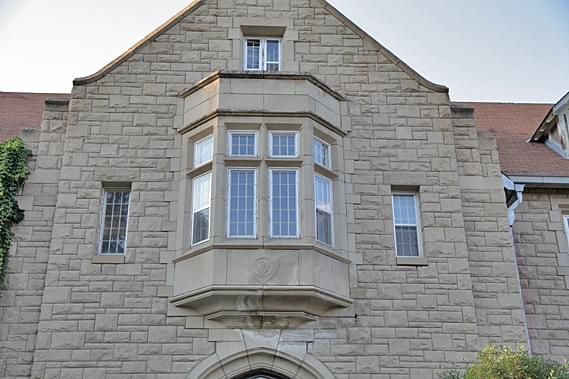
SOURCES INCLUDE
- ousearch.omniupdate.com
- “Losekamp Hall has long tradition of music, theater and maybe ghosts,” by Susan Olp for billingsgazette.com
Our Haunted Paranormal Stories are Written by Julie Carr

